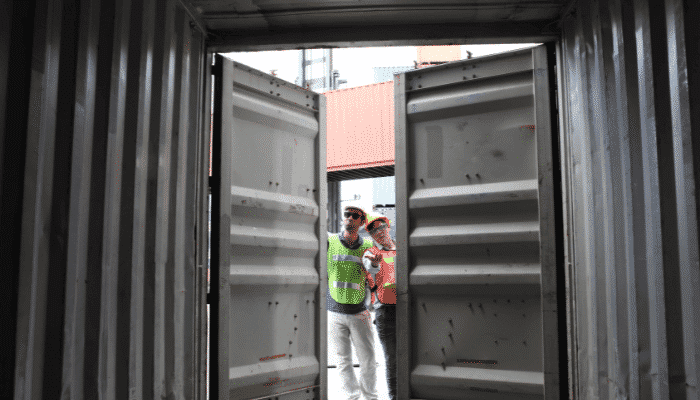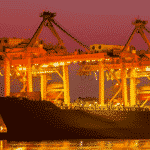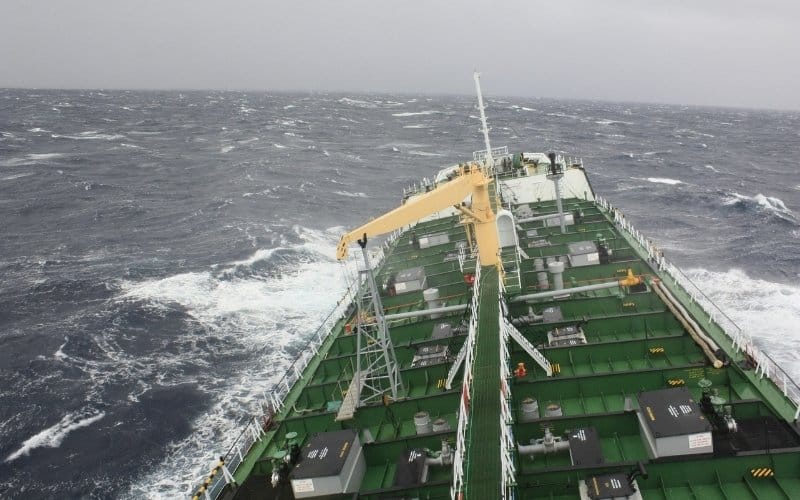Stowaway: A Menace to the Shipping Industry
Ships not only act as an excellent transporting medium, but also function as a great hideout for people wanting to move from one location to another illicitly. These people, referred to as stowaways, project a serious problem in the shipping industry that needs to be tackled as effectively as possible.
The stowaway is more often than not, in connivance with the workers and the lower rungs of a vessel crew which makes it easy for him to board the vessel without anyone’s knowledge.

Generally, a stowaway in shipping industry tries to hitch cargo carrier, consequentially hiding within the confines of a container. Falsification of identity cards and work permit are other ways for a cargo stowaway to get into a vessel. In this context, it needs to be pointed out that stowaways can be categorised to two broad spectrums:
- Those who want to escape from one country to another, in spite of not having proper documentations.
These kind of stowaways are mostly found aboard the vessels that ply between African and European and between European and the US-Canadian marine routes
- Those who just want to prove and brag about actualising a prank or rob people on the ship
There have been prescribed various methods to fish out stowaways from within a vessel. These methodologies can be detailed and summarised as under:
- The primary step to fish out the stowaway to check the vessel thoroughly before it leaves the harbour. This way all possibilities of the cargo stowaway getting into the ship and hiding for longer time duration are eliminated right at the onset.
If per chance, stowaways are found aboard a vessel after such an inspection, it becomes the responsibility of the captain to hand them over to the law enforcing authorities.
- Per chance if the stowaways are found after the ship has left the harbour, then the following scenarios could unfold:
– Depending on the distance travelled, the captain of the vessel could re-route the ship back to the departure harbour
– If the above is not possible, then the captain is bound to contact the vessel proprietor along with the vessel agency. These two parties in-turn get in touch with the P&I authorities, who make arrangements for the stowaway to be deported back to his home country.
For the captain to be able to report the presence of stowaways to his superiors – proprietors and agents, he has to first collect a detailed and written summary about the stowaway’s identity. This includes not only the illegal passenger’s name but also his birth details, country and place of origin, previous address, emergency contact details of friends and relatives and documentary corroborations, if any.
While a stowaway in shipping industry, the person is required to be checked for possession of any weapons or any such item could cause damage to the vessel and its crew. It is also recommended that stowaways are confined as much as possible and monitored constantly so that they do not evade the authorities before being booked.
The problem of persons trying to hitch cargo carrier is a huge dent in the effectual implementation of the IMO’s ISPS regulations. Getting into a vessel might be an easy task, but the problems that plague the international maritime community following such discoveries is one that is lasting and lingering in its distaste.
Disclaimer :
The information contained in this website is for general information purposes only. While we endeavour to keep the information up to date and correct, we make no representations or warranties of any kind, express or implied, about the completeness, accuracy, reliability, suitability or availability with respect to the website or the information, products, services, or related graphics contained on the website for any purpose. Any reliance you place on such information is therefore strictly at your own risk.
In no event will we be liable for any loss or damage including without limitation, indirect or consequential loss or damage, or any loss or damage whatsoever arising from loss of data or profits arising out of, or in connection with, the use of this website.
Do you have info to share with us ? Suggest a correction
Disclaimer :
The information contained in this website is for general information purposes only. While we endeavour to keep the information up to date and correct, we make no representations or warranties of any kind, express or implied, about the completeness, accuracy, reliability, suitability or availability with respect to the website or the information, products, services, or related graphics contained on the website for any purpose. Any reliance you place on such information is therefore strictly at your own risk.
In no event will we be liable for any loss or damage including without limitation, indirect or consequential loss or damage, or any loss or damage whatsoever arising from loss of data or profits arising out of, or in connection with, the use of this website.
About Author
Marine Insight News Network is a premier source for up-to-date, comprehensive, and insightful coverage of the maritime industry. Dedicated to offering the latest news, trends, and analyses in shipping, marine technology, regulations, and global maritime affairs, Marine Insight News Network prides itself on delivering accurate, engaging, and relevant information.

About Author
Marine Insight News Network is a premier source for up-to-date, comprehensive, and insightful coverage of the maritime industry. Dedicated to offering the latest news, trends, and analyses in shipping, marine technology, regulations, and global maritime affairs, Marine Insight News Network prides itself on delivering accurate, engaging, and relevant information.
Related Posts
Subscribe To Our Newsletters
By subscribing, you agree to our Privacy Policy and may receive occasional deal communications; you can unsubscribe anytime.















